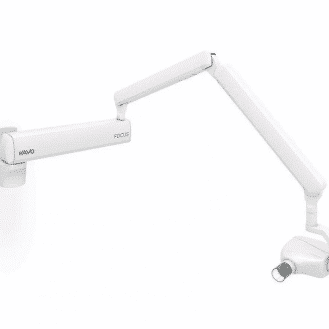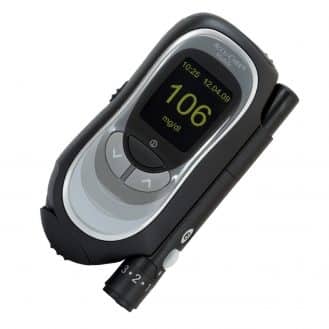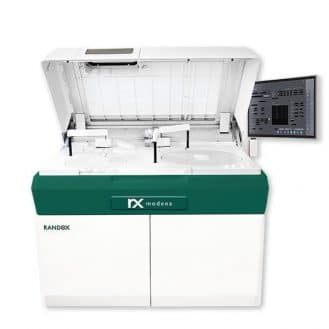
HUM nitrile gloves
Each material has advantages and disadvantages, the importance of which will depend on the user and the intended use. Below we summarize the main advantages and disadvantages of latex, nitrile, vinyl, neoprene, and PVC gloves.
- Latex gloves:
- Advantages: Latex (natural rubber) gloves are very flexible, elastic, thin, and waterproof. They are highly resistant and offer maximum protection against contamination, cross-infection, and chemicals. They are used in high-risk procedures, both long and short-term use. They also provide high tactile sensitivity, essential for greater precision and thoroughness.
- Disadvantages: For people who are allergic to latex, these gloves can cause skin irritation, among other reactions.
- Nitrile gloves:
- Advantages: Nitrile gloves are an excellent alternative for people who are allergic to latex. They have the same properties as latex gloves and offer identical protection. They are very durable. They are particular in that they tear apart completely when punctured or cut, which leads to the immediate cessation of their use, minimizing the risk of contamination of the user.
- Disadvantages: For nitrile gloves with powder specifically, although easier to put on, the powder can cause allergic reactions.
- Vinyl gloves:
- Advantages: Vinyl gloves are the cheapest on the market. They pose no risk of allergies and are very resistant to punctures and cuts.
- Disadvantages: They are less suitable for high-risk procedures since vinyl is less resistant than latex and nitrile. What’s more, they don’t offer good tactile sensitivity and are less elastic than latex or nitrile gloves, which can make it difficult to perform procedures that require dexterity and precision. These gloves are less durable and need to be replaced regularly.

DACH Neoprene® gloves
- Neoprene (chloroprene) gloves:
- Advantages: Like nitrile and vinyl, neoprene is a synthetic substitute for natural rubber. Neoprene gloves are suitable for numerous applications and offer particularly reliable and effective protection against aggressive chemicals. They allow great flexibility and excellent tactile sensitivity. They are durable, so you can use them for longer periods of time.
- Disadvantages: Neoprene gloves are less resistant to abrasion than latex gloves. They are not resistant to aromatic and chlorinated solvents.
- Laboratory gloves (PVC, leather, cotton):
- Advantages: Gloves intended for use in laboratories are well-resistant to acids and bases. They are also resistant to high temperatures and humidity.
- Disadvantages: Their use is reserved for low-risk situations.








